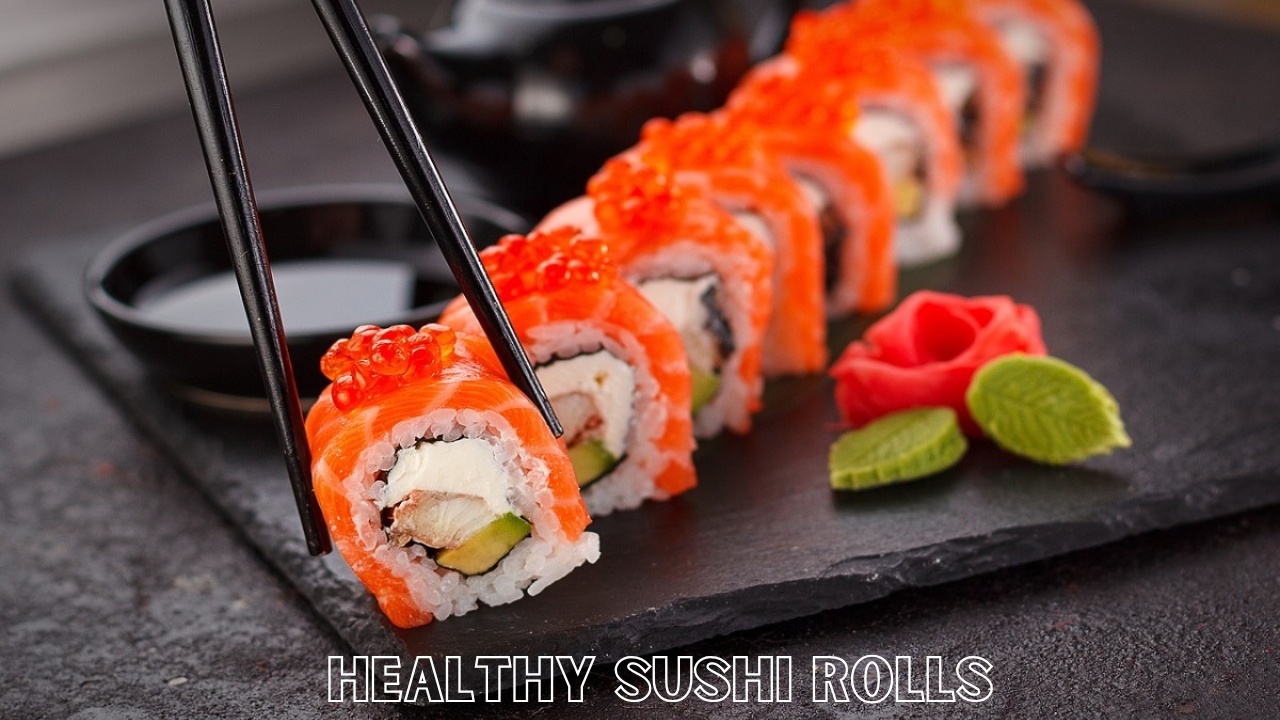Maki or Sushi rolls are a traditional Japanese dish known all over the world due to their harmonious tastes, artistic arrangement, and freshness of ingredients. Sushi rolls, whose ingredients consist of a mix of experienced rice, sprouted seafood or vegetables, and nori seaweed, wrapped and cut into small pieces, are popular in cafes and casual restaurants and provide a nice combination of textures and flavors.
Flavor and Freshness
– Rice: Sushi rice (shari) is the short grain and infused with vinegar, sugar and salt that give it a tangy little touch of sweetness that is essential to the authenticity of the flavor.
– Fillings: This consists of raw or cooked fish (salmon, tuna, shrimp, etc.), cold cucumber, avocado, and sometimes tempura to give it a crunchy bite.
– Seaweed (Nori): This is the outer wrap which is a thin dried seaweed and adds an umami flavor and keeps the roll together.
– Conditions: Sushi rolls are usually accompanied with soy sauce, pickled ginger (to cleanse the palate) and wasabi (to add heat).
How Cafés Prepare Sushi Rolls
1. Preparation of Rice: to achieve the ideal sticky texture of rice, Japanese short-grain rice is washed and cooked, then it is gently blended with sushi vinegar and left to cool down.
2. Nori Placement A sushi rolling mat made of bamboo (makisu) is covered with a piece of nori laid shiny-side down.
3. Rice Spreading: The sushi rice is then spread in a thin, even layer all over approximately two-thirds of the nori, which is topped with space between to allow sealing.
4. Adding Fillings When preparing the end, ingredients such as fish slices, avocado and cucumber are arranged in a straight line at one side.
5. Rolling: The sushi is rolled tightly yet gently in a cylinder using the mat to seal the end with moisture to keep the sushi together.
6. Cutting: The roll is cut into bite sized pieces using a sharp knife moistened with water to avoid sticking.
7. Serving: The rolls are placed on plates in a way that pleases the eye and then served with the usual accompaniment.

Well-liked Sushi Rolls in Cafes
– California Roll: Crab, avocado, and cucumber with toasted sesame seeds or tobiko.
– Spicy Tuna Roll: The mixture of tuna and spicy mayo provides a creamy and spicy touch.
– Vegetarian Roll: Cucumber, avocado, carrot and pickled radish sometimes, one of the favorites of vegetarian diners.
– Tempura Roll: Tempura-fried vegetables or shrimp are added to it to give it a crunchy and indulgent experience.
Summary Table: The Ingredients and Steps of Preparation of a Sushi Roll
| Component | Details |
|---|---|
| Sushi Rice | Seasoned with vinegar, sugar, salt |
| Nori (Seaweed) | Thin dried sheet for wrapping |
| Fillings | Fish, avocado, cucumber, tempura, etc. |
| Preparation | Rice cooking → Nori placement → Rice spreading → Ingredient layering → Rolling → Slicing |
| Condiments | Soy sauce, wasabi, pickled ginger |
FAQs
Q1. What kind of rice is applied in sushi rolls?
Japanese rice, cooked in short grain and cooked in sushi vinegar is also a prerequisite.
Q2. Do you serve sushi rolls with sauces?
Yes, the traditional accompaniments that complement the meal are soy sauce, wasabi and pickled ginger, which are supposed to soothe the palate as well.
Q3. Is it possible to make sushi rolls vegetarian?
Definitely, cafes serve tasty veggie rolls with avocado and cucumber and carrots among other fresh vegetables.

